PROTECT YOUR DNA WITH QUANTUM TECHNOLOGY
Orgo-Life the new way to the future Advertising by AdpathwayIf you’re ready to get a head start on next year’s garden but aren’t sure where to start, sow some native plant seeds! October is an ideal time, as it lines up perfectly with nature’s calendar. Many native plants drop their seeds at this time of year, so it makes sense for us to mimic that process.
Many natives need cold stratification, or a period of cold, moist weather, to break their dormancy. In most regions, October falls neatly into the period of cooling weather and increased rainfall. Sowing seeds now gives them that moisture, followed by the freezing and cooling action that they need to germinate. It takes all the guesswork and labor out of planting and establishing valuable native plants.
Other benefits of sowing seeds in October include lower weed pressure, fewer pests, and more workable soil. It’s easy to just lay down your seeds and let nature take its course. It’s always advantageous to plant species that are native to your region. Local ecotype seeds are best, as they’re perfectly adapted to your climate.
Native plants tend to be lower maintenance and require fewer additional resources. They thrive in your local soil, and the usual rainfall is typically just right. By getting your seeds in the ground now, you will have earlier germination and flowering than if you start in the spring. Here are some excellent, low-maintenance native seeds for October.

Milkweed Butterfly Flower

Milkweed/Butterfly Flower Seeds

Black-Eyed Susan
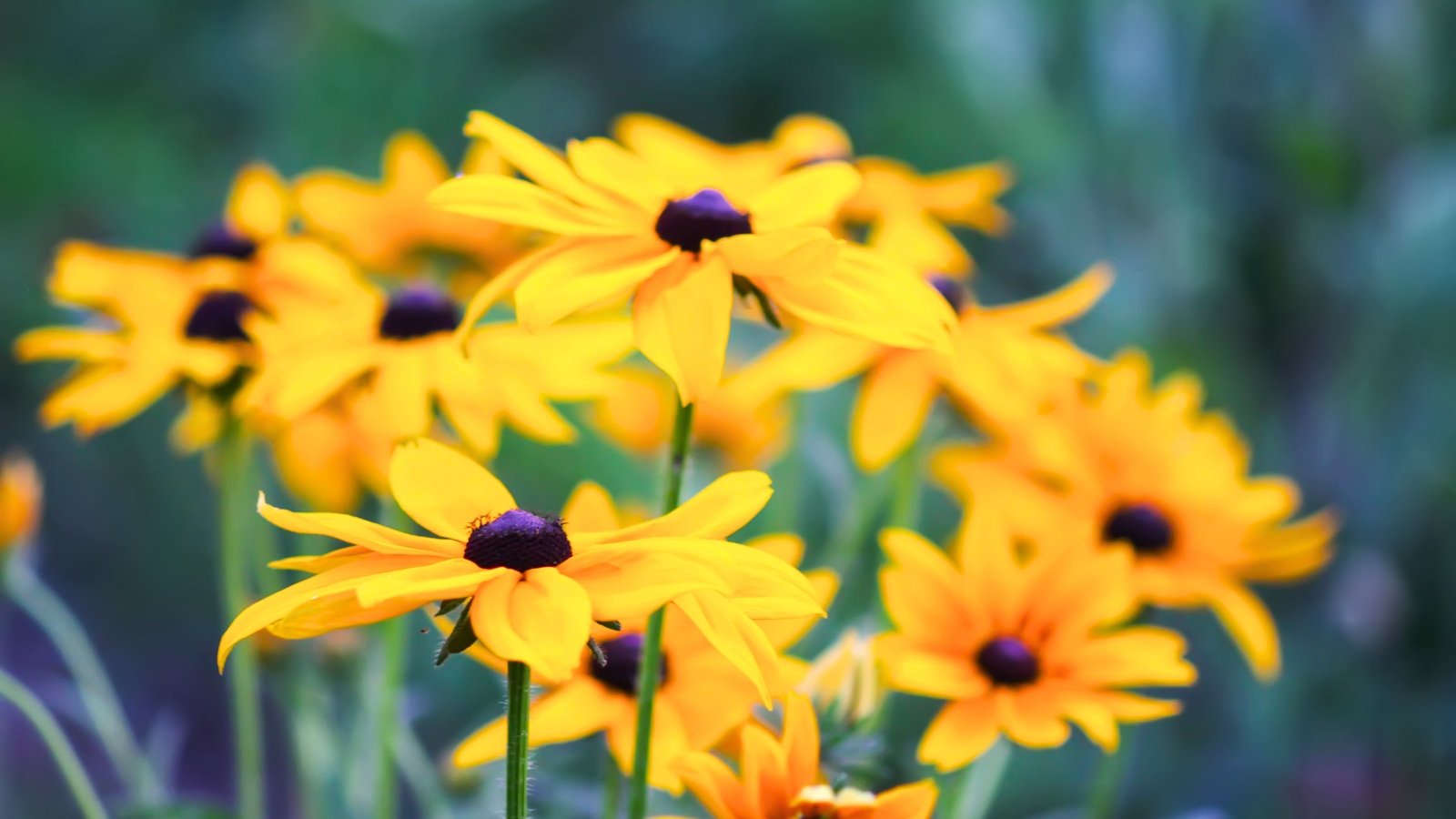 Surface sow and let cool weather start the growth.
Surface sow and let cool weather start the growth.Black-eyed Susans are one of the most prevalent and widespread native flowering plants in North America. The genus Rudbeckia is even more widespread. If you live in the Eastern or Central United States, these are perfect native seeds for the October wildflower garden.
Rudbeckia seeds need light to germinate, so you want to surface sow them. There are different ways to do this. You can mix your seeds with dry sand and dust the mixture over the surface of disturbed soil. You can also rake them into the soil wherever you want them to pop up.
Walk over the area to press the seeds into the soil and then let the fall weather do the work. You shouldn’t need to water or tend to them unless you’re having a dry season. While they tend to bloom their second year if you start them in spring, fall planting will likely bring first-year flowers.
Milkweed
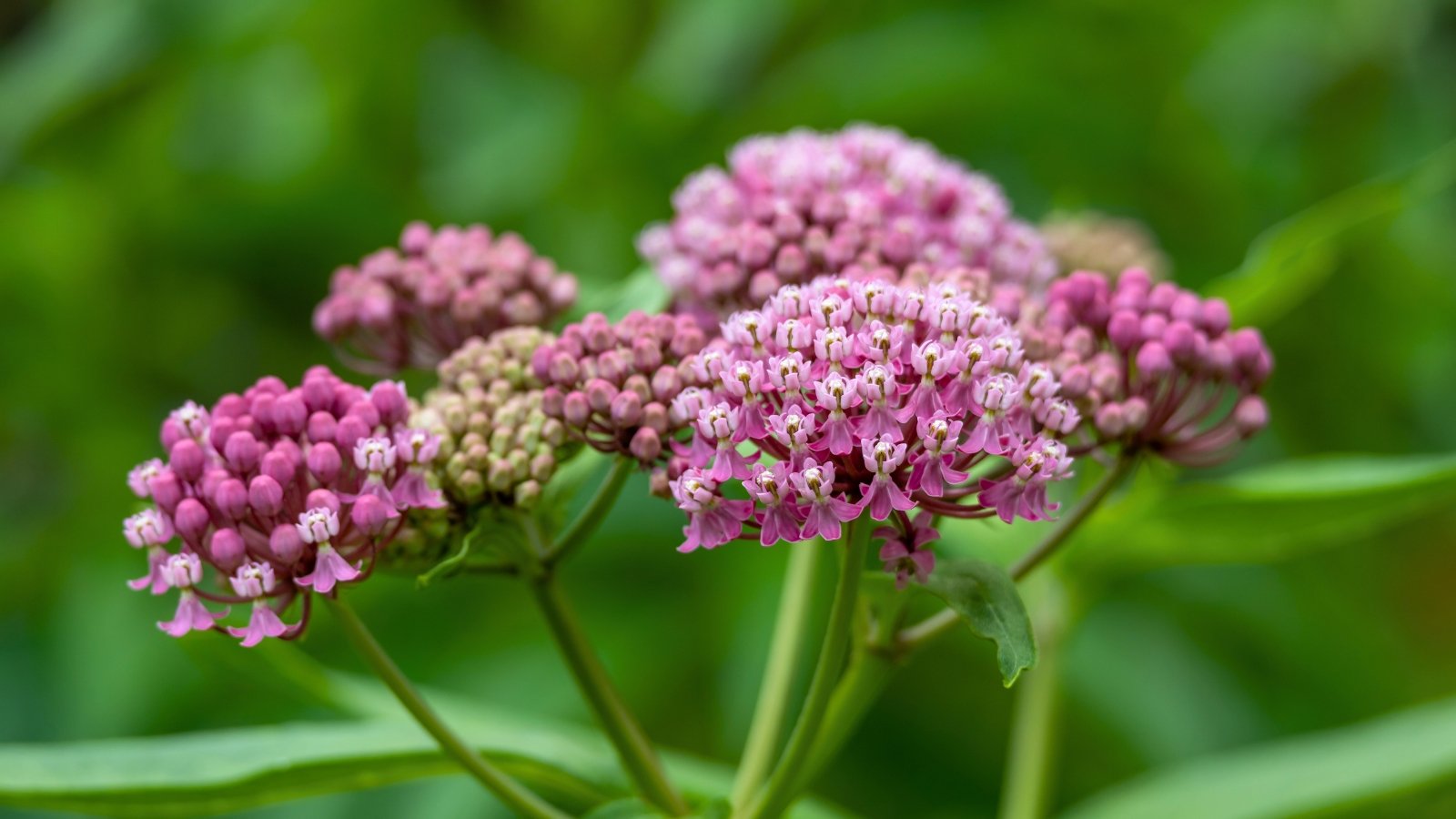 Cold weather prepares strong plants for spring growth.
Cold weather prepares strong plants for spring growth.Milkweed plants are the sole larval food for Monarch butterflies, so this plant is incredibly important. October is the right time for sowing these native seeds. There are more than 60 species native to North America. It’s important to plant one that is native to your region, so they have the right food at that stage in their migration.
Milkweed seeds need stratification and light to germinate. You can mix them with sand and broadcast, or surface sow and press them into the soil. If you’re worried about wind blowing these because of their fluff, you can sprinkle a light coat of soil on top. Only irrigate in dry weather.
Wild Bergamot
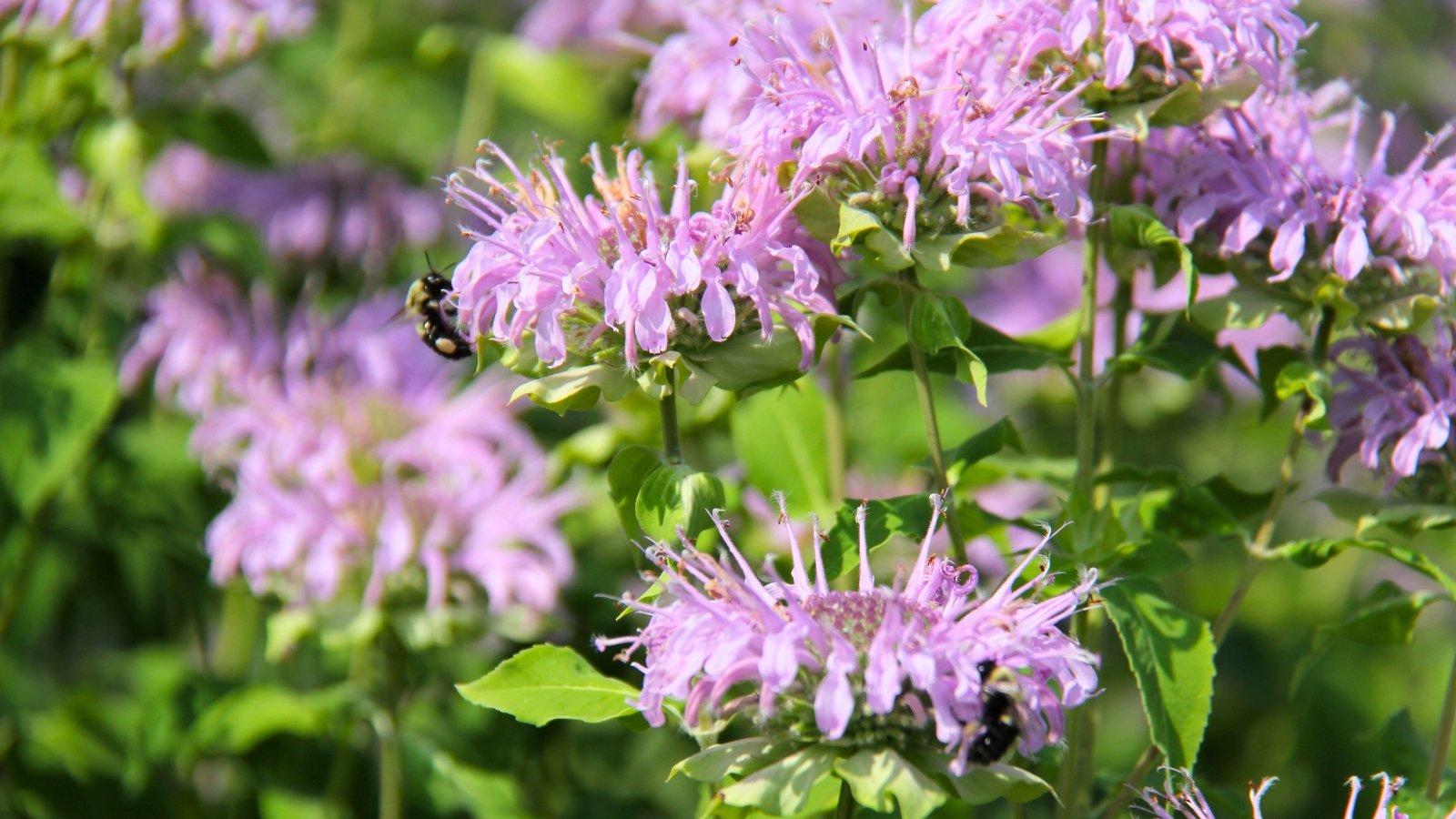 Lightly press into the soil for reliable spring sprouting.
Lightly press into the soil for reliable spring sprouting.Sowing native seeds in October is the best way to get strong, spring germination from your wild bergamot. This species of bee balm is native across most of North America. However, it’s absent from Florida and California. Though they don’t absolutely require cold stratification, they benefit from it.
Wild bergamot is another light germinator, so you don’t want to bury these; just surface sow them. If you’re concerned about birds and animals scratching up the seeds, you can cover the area with a light netting until spring. This will help to hold them in pace and work with any seeds that you surface sow in October.
Penstemon
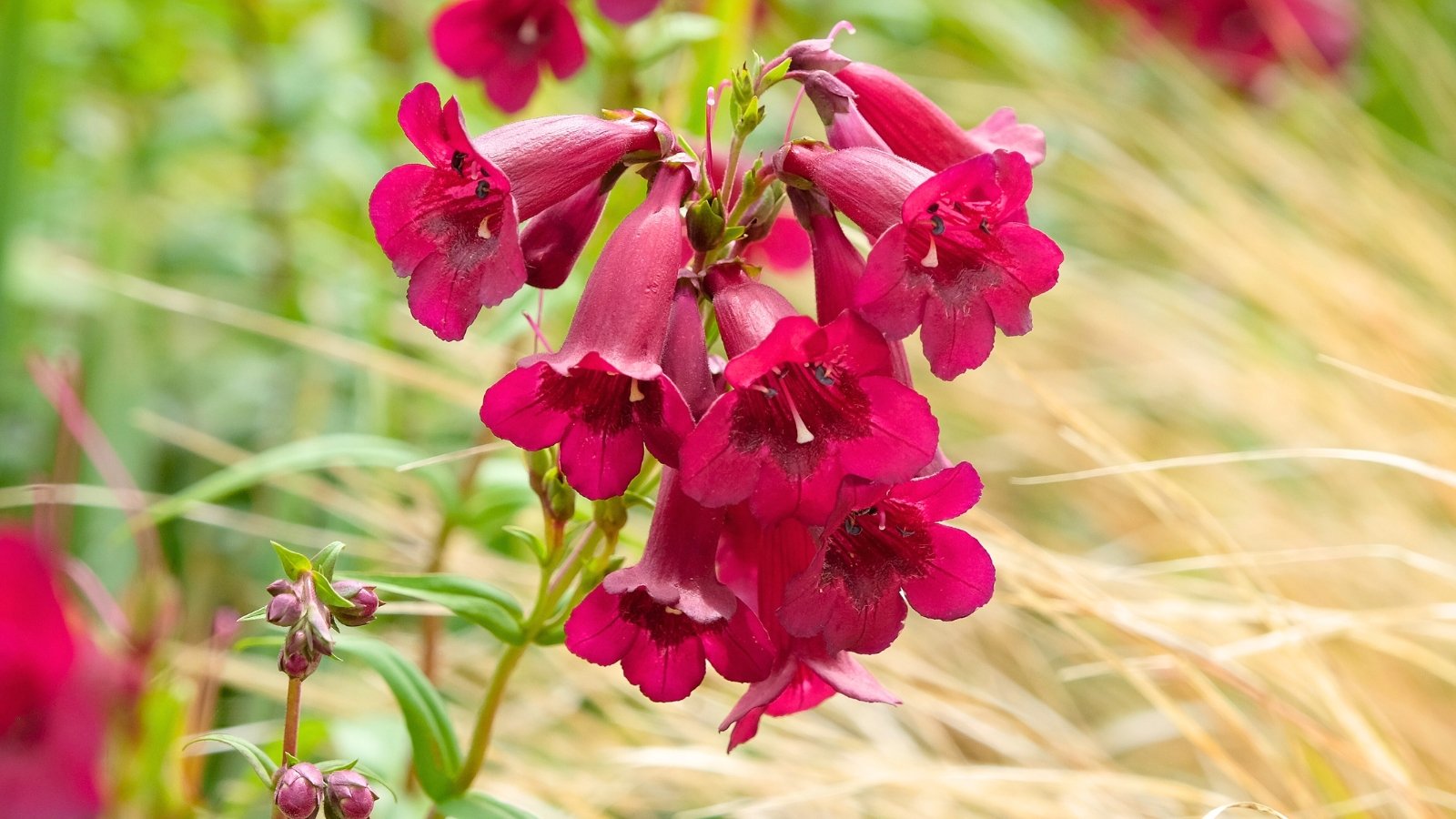 Simple fall sowing brings lasting spring flowers.
Simple fall sowing brings lasting spring flowers.October is the perfect time to sow penstemon seeds. There are species of this plant native to all the states except for Hawaii. They’re hardy, low-maintenance perennials with beautiful flowers that are an excellent food source for pollinators. They’re drought-tolerant and altogether easy to grow.
Like many others, these need light to germinate. Rake the soil to level it out and mix your seeds with sand so that they are easier to spread. This allows for more even distribution. Leave them alone in the fall and then begin to water in the spring.
Goldenrod
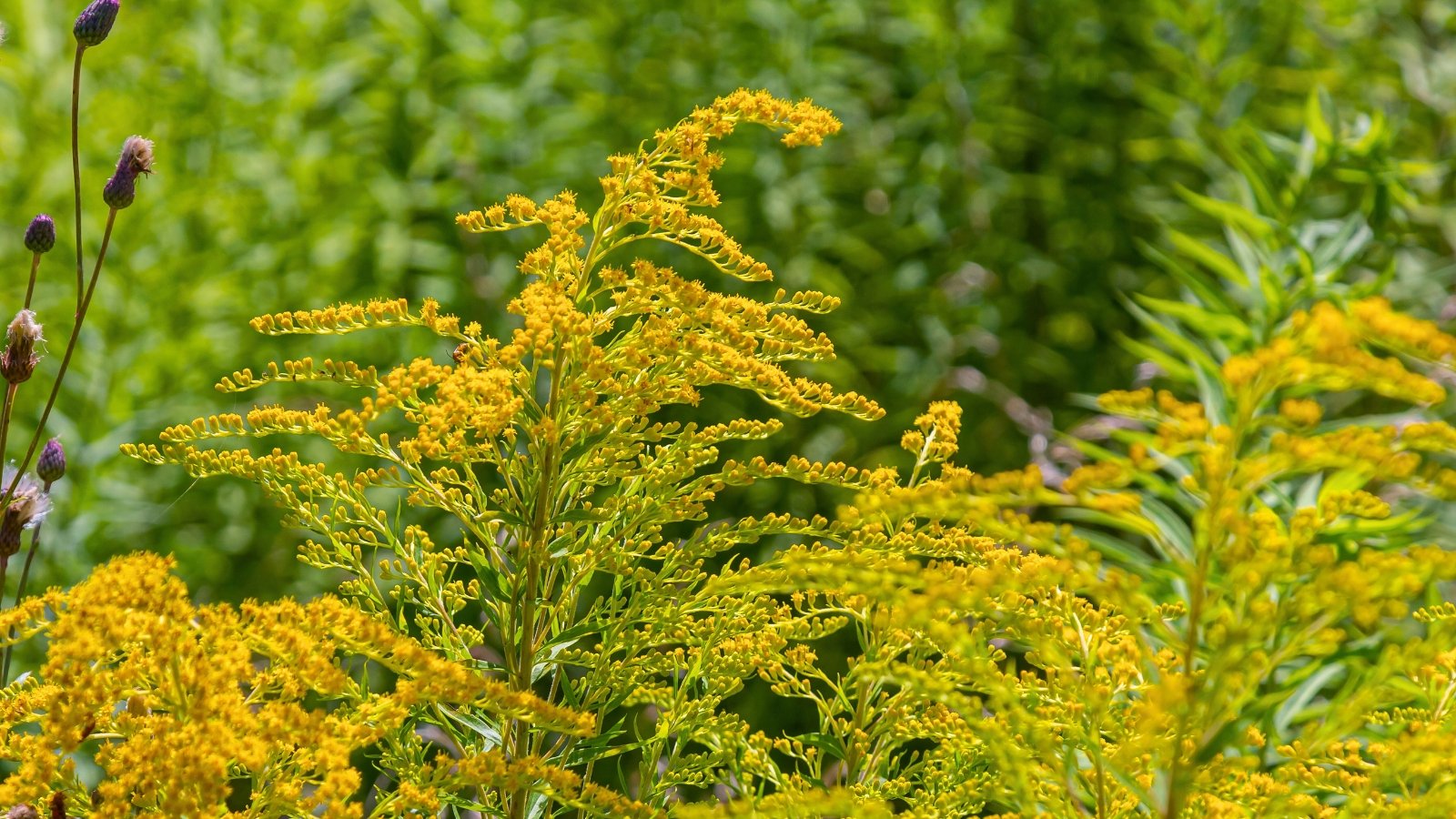 Low-maintenance flowers feed pollinators late in the season.
Low-maintenance flowers feed pollinators late in the season.October is prime time to sow goldenrod seeds. Fall moisture and winter chill provide the perfect conditions to create a strong spring germination. Goldenrod is an incredible pollinator plant that provides ample nectar and pollen at an important time. It blooms in the fall, when food is becoming scarce, and lasts well into the cooler months.
Goldenrod is easy to grow. It needs little to no attention and will self-sow liberally once established. Some species spread by rhizomes, and others are clumping. Make sure to plant a species that is native to your region (there are several that are native to North America).
Purple Coneflower
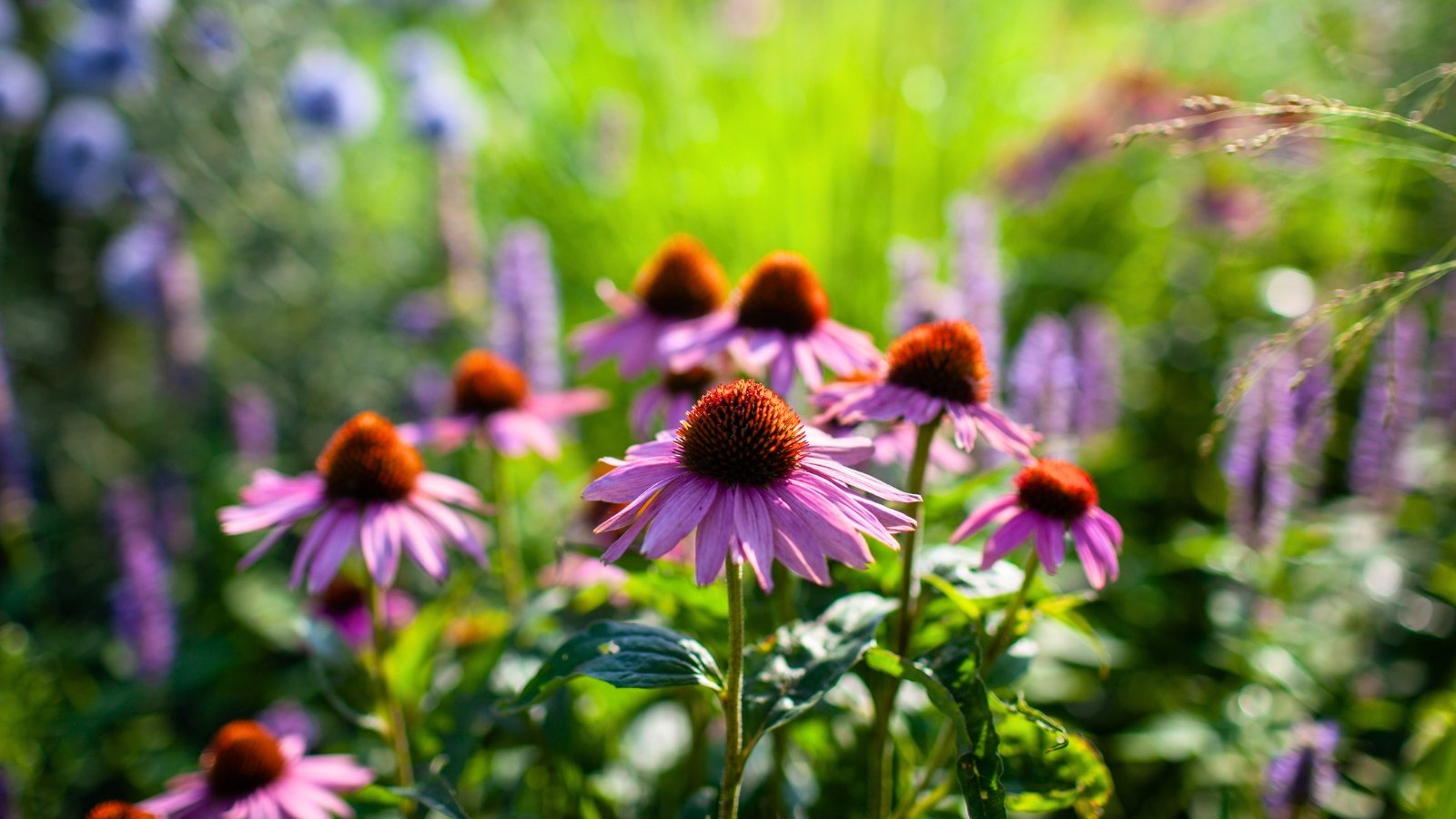 Leave on the surface for steady early germination.
Leave on the surface for steady early germination.I can’t say enough positive things about coneflowers and their incredible value to the native plant garden. They are an excellent food source for pollinators throughout the summer, and provide food for small birds in fall and winter. Not to mention, they are perfectly lovely, and self sow gently, but consistently.
Surface sow these native seeds in October, along with others that need light to germinate. Don’t bury them, but if you’re concerned about them blowing away, a light dusting of soil will help to hold them in place.

Blanketflower
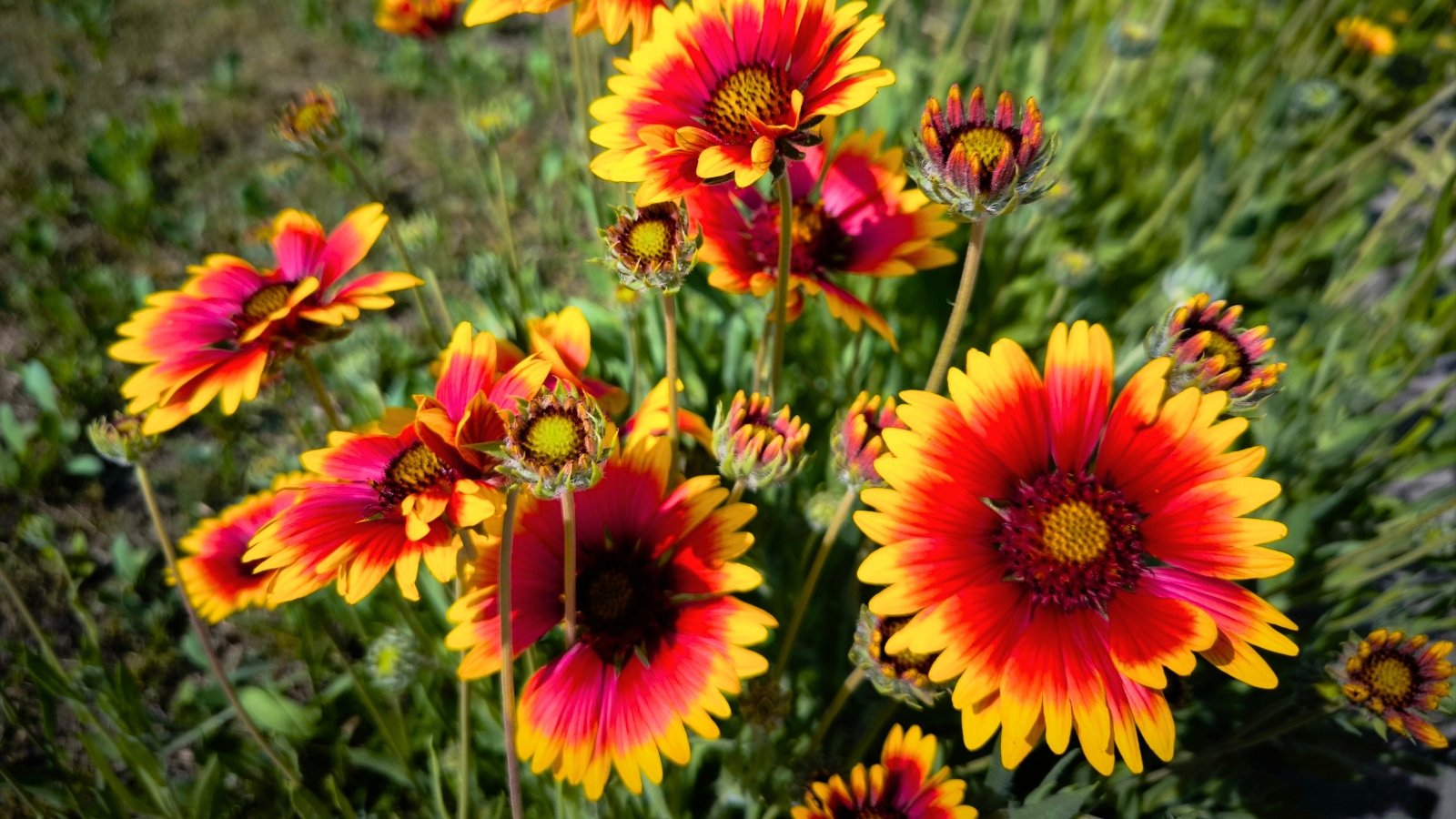 This hardy perennial keeps flowering with minimal upkeep.
This hardy perennial keeps flowering with minimal upkeep.October is the ideal time to sow blanketflower seeds. Some species of this native plant don’t require stratification. But the fall moisture and cool temperatures will give all blanket flower seedlings a strong spring start. Surface sow there and let nature do her job. These are native to the Americas, and they are great naturalizers.
Look for native, non-hybrid seeds. Hybrids are available and have larger flowers, but they aren’t as easy to grow. Once you have these in your garden, you’ll have them for life. They are incredibly low-maintenance.
Desert Bluebell
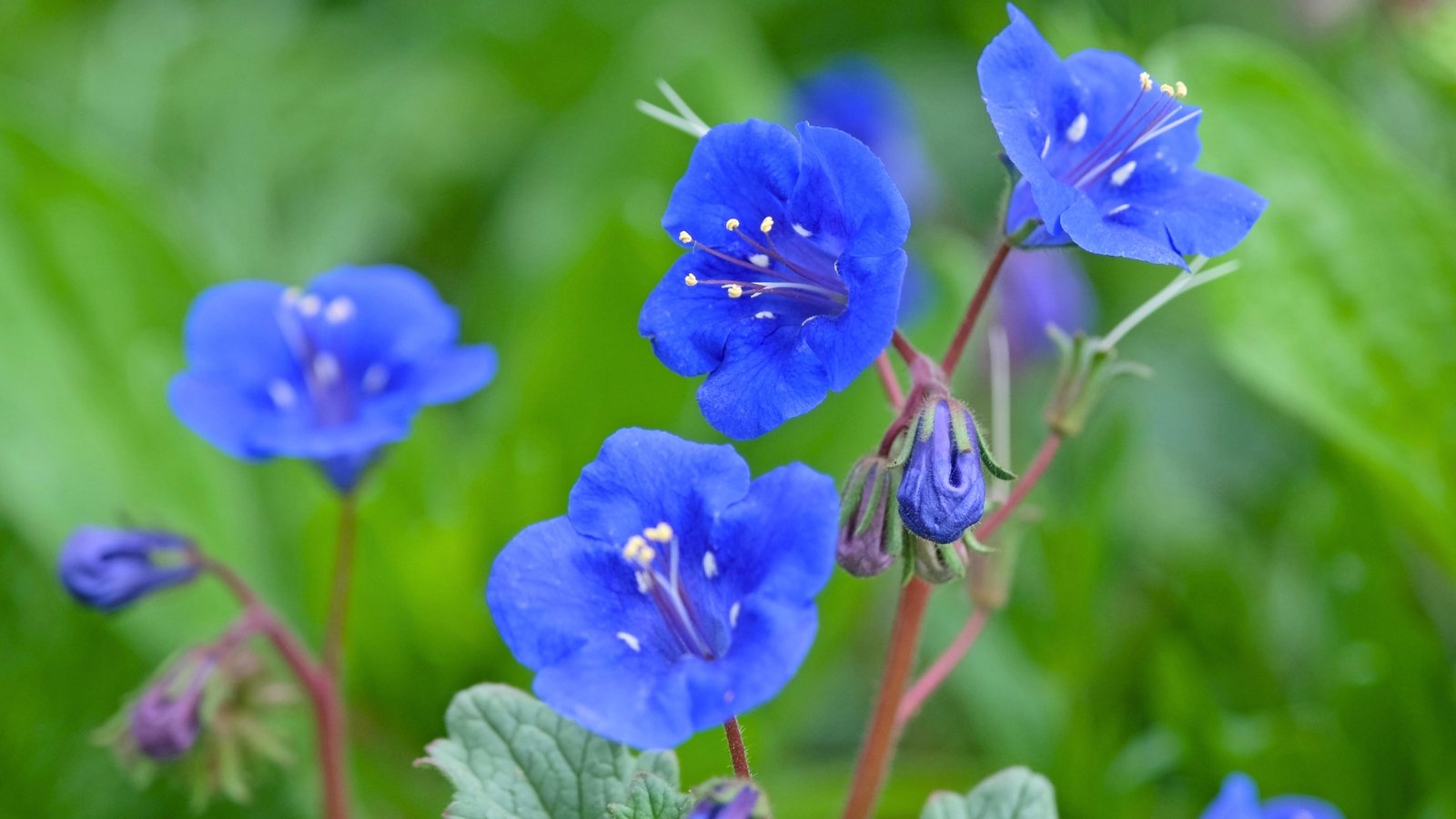 Thrives in poor, sandy soil with little care.
Thrives in poor, sandy soil with little care.Desert bluebells are native to the western United States, particularly the Mojave and Sonoran regions. These are fabulous native seeds for October sowing in these rocky, desert areas where fewer flowers are prevalent. Related to borage, they are happiest in well-drained soil and thrive in unexpected places.
For desert flowers, these are truly beautiful. The blue-violet blooms stand out against the dry landscape from late winter through the spring. They need light to germinate, so lightly press them into the soil.
Coreopsis
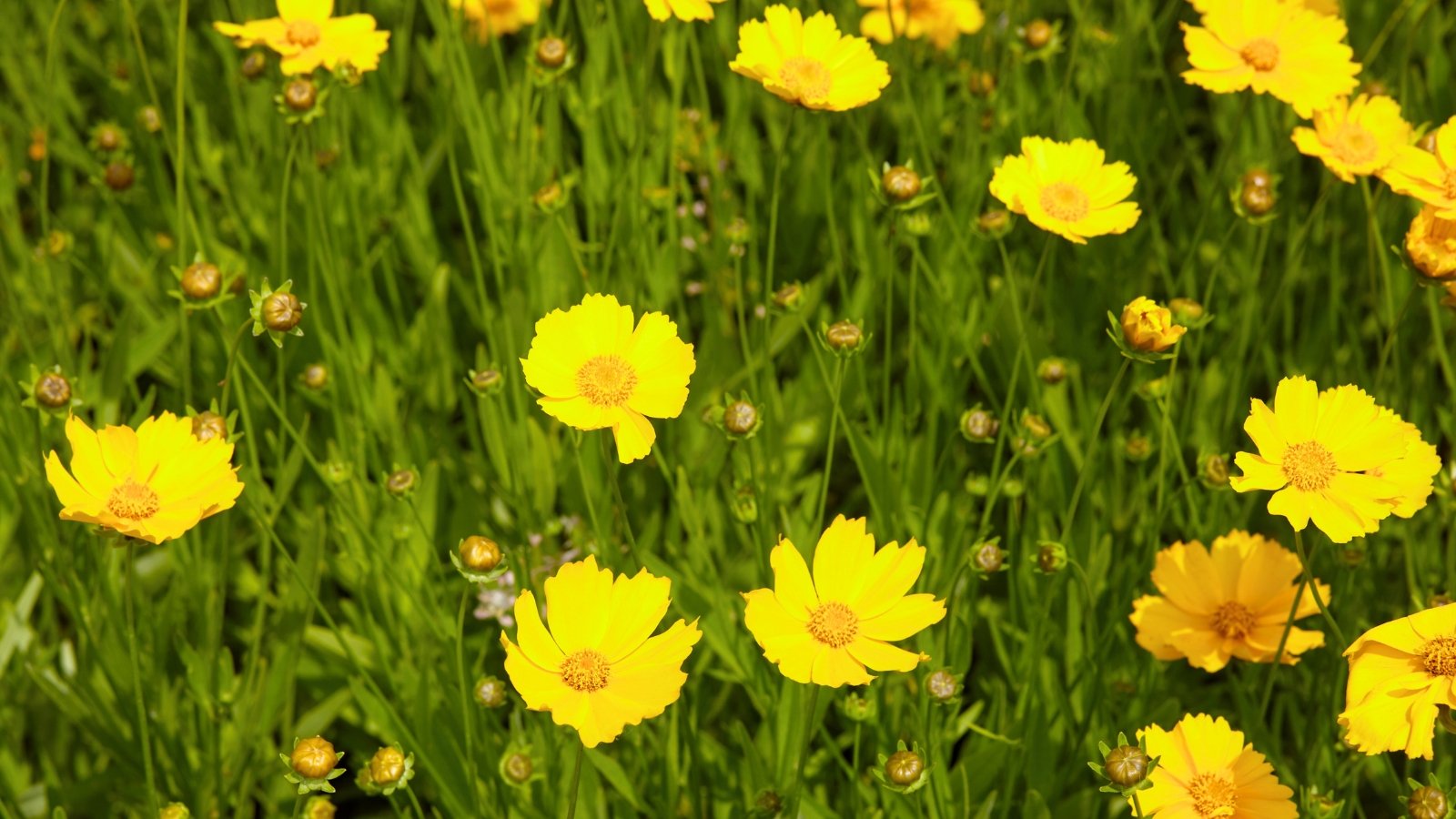 Blooms for months and reseeds gently each year.
Blooms for months and reseeds gently each year.Coreopsis is a wonderful, long-season bloomer. They feed pollinators for a significant portion of the year, and their seeds are food for small birds in the fall. It needs no fertilizer and is drought-tolerant, and there are species native to most of the Americas.
October is a great time for sowing coreopsis seeds. They need light to germinate, so treat them accordingly. Full sun and well-drained soil are important for these native wildflowers. They self-sow and naturalize nicely.
Blazing Star
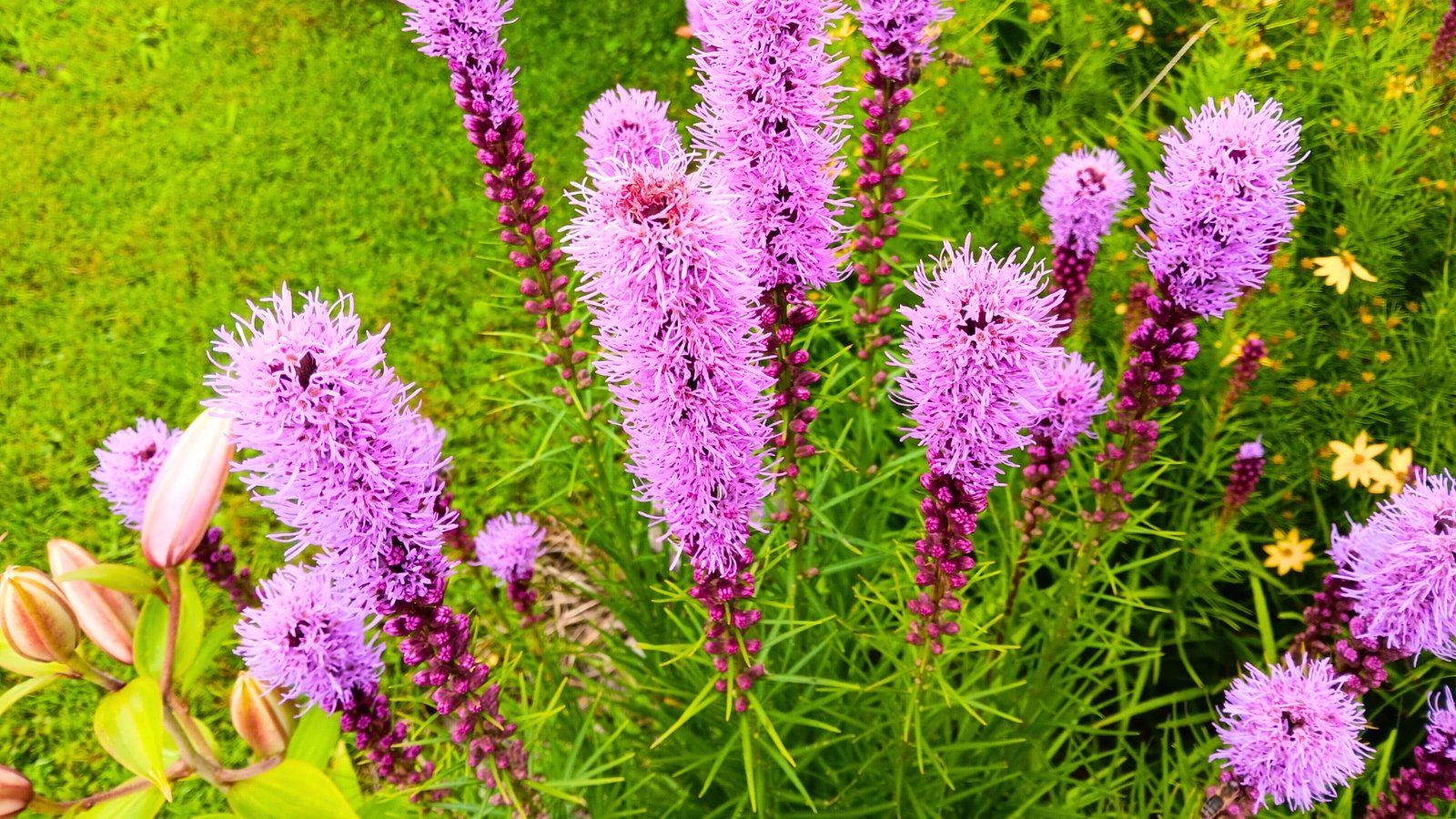 Produces rich nectar for butterflies and bees.
Produces rich nectar for butterflies and bees.You should definitely sow some blazing star seeds this October if this awesome plant is native in your region. There are species native to most of North America, and they are fabulous for pollinators. You can plant from seeds or corms, depending on how quickly you want them to flower.
Blazing star seeds require a cold period. It needs to be at least 8 to 12 weeks long, so sowing in October is ideal. They require light to germinate, so press the seeds into the soil and leave them uncovered.
Prarie Coneflower
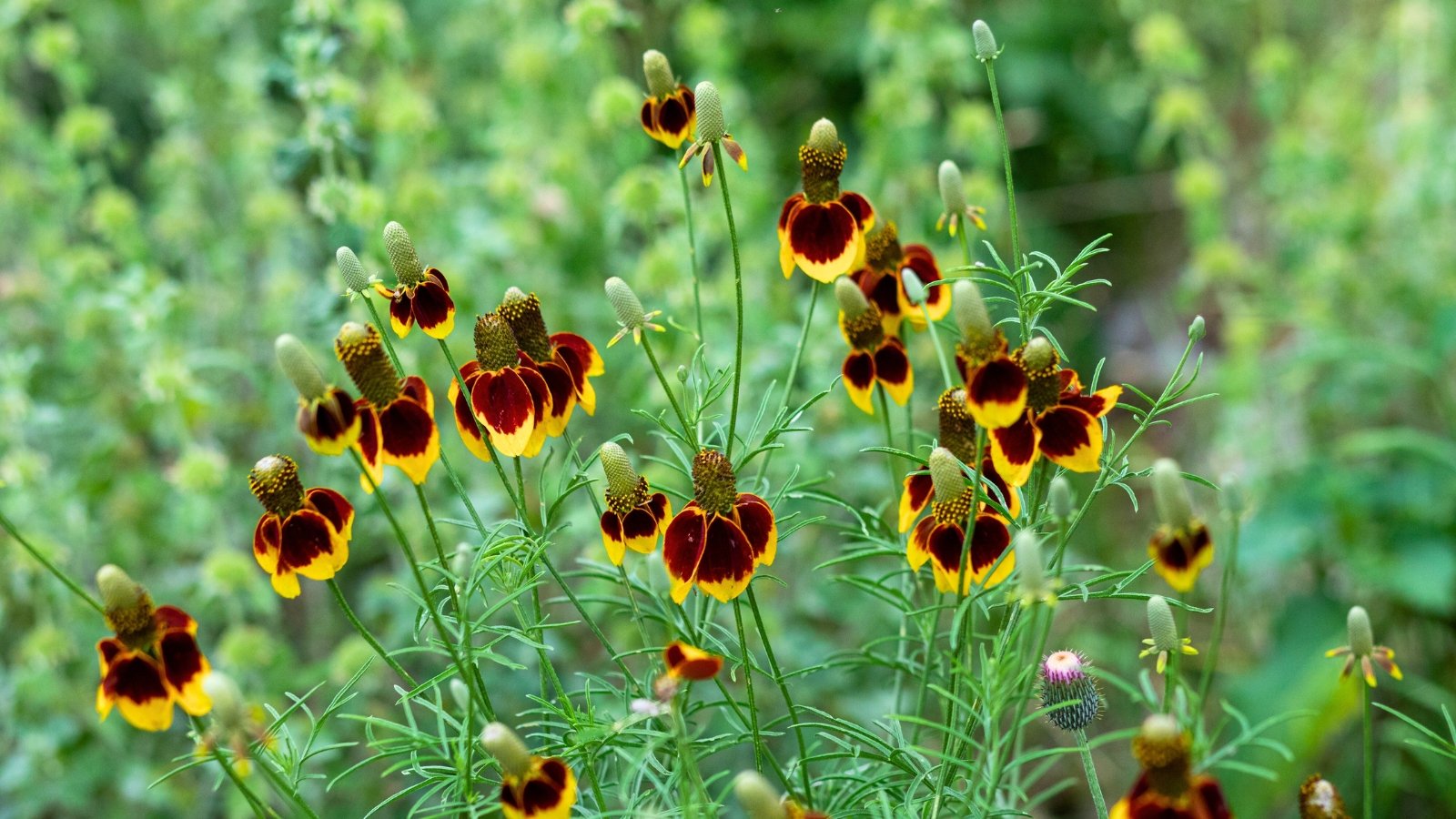 Cold rest through winter improves spring germination rates.
Cold rest through winter improves spring germination rates.Prairie coneflower is native to the Great Plains area from Canada south to Mexico. Sowing the native seeds in October is one of the best ways to establish this valuable wildflower. The long-lasting blooms are full of nectar, and the seed heads feed small birds in the fall.
Sowing the seeds in the fall creates the most natural life cycle. Prairie coneflowers drop their seeds in the fall, where they rest until spring. They germinate significantly better with some cold stratification.
Desert Marigold
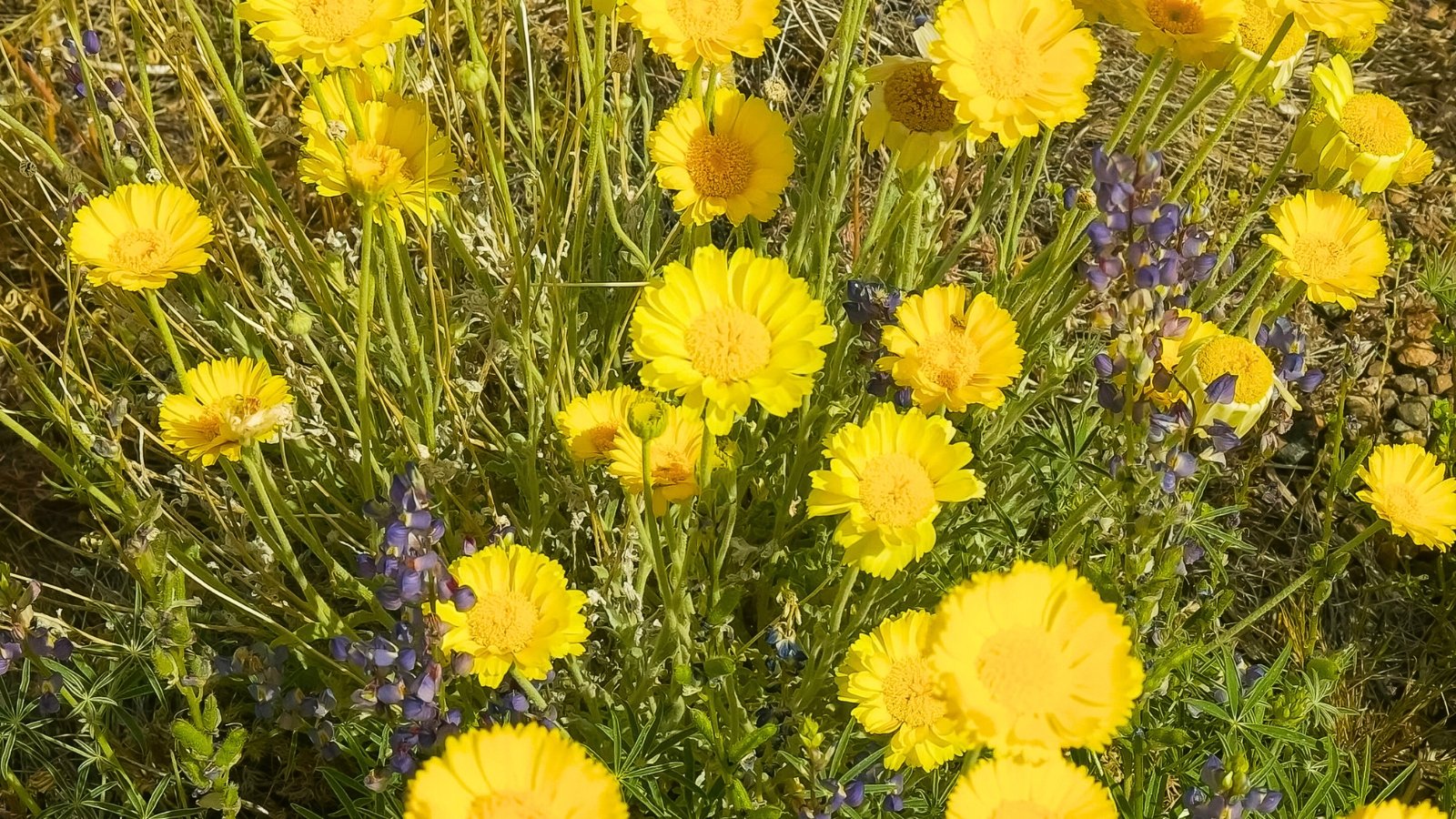 Press lightly into the soil for bright yellow spring color.
Press lightly into the soil for bright yellow spring color.Desert marigolds are sweet, cheerful flowers in the aster family. They’re native to the southwestern United States and Mexico. Sowing these native seeds in October is a great way to establish them. It allows the seeds to benefit from the cold temperature and natural rains that trigger good germination rates.
Like nearly all the other native seeds on my list, these need light to germinate. Scatter them over loosened ground and press lightly into the surface. In spring, you’ll have mounds of silvery foliage and bright yellow blooms to enjoy.
Rocky Mountain Bee Plant
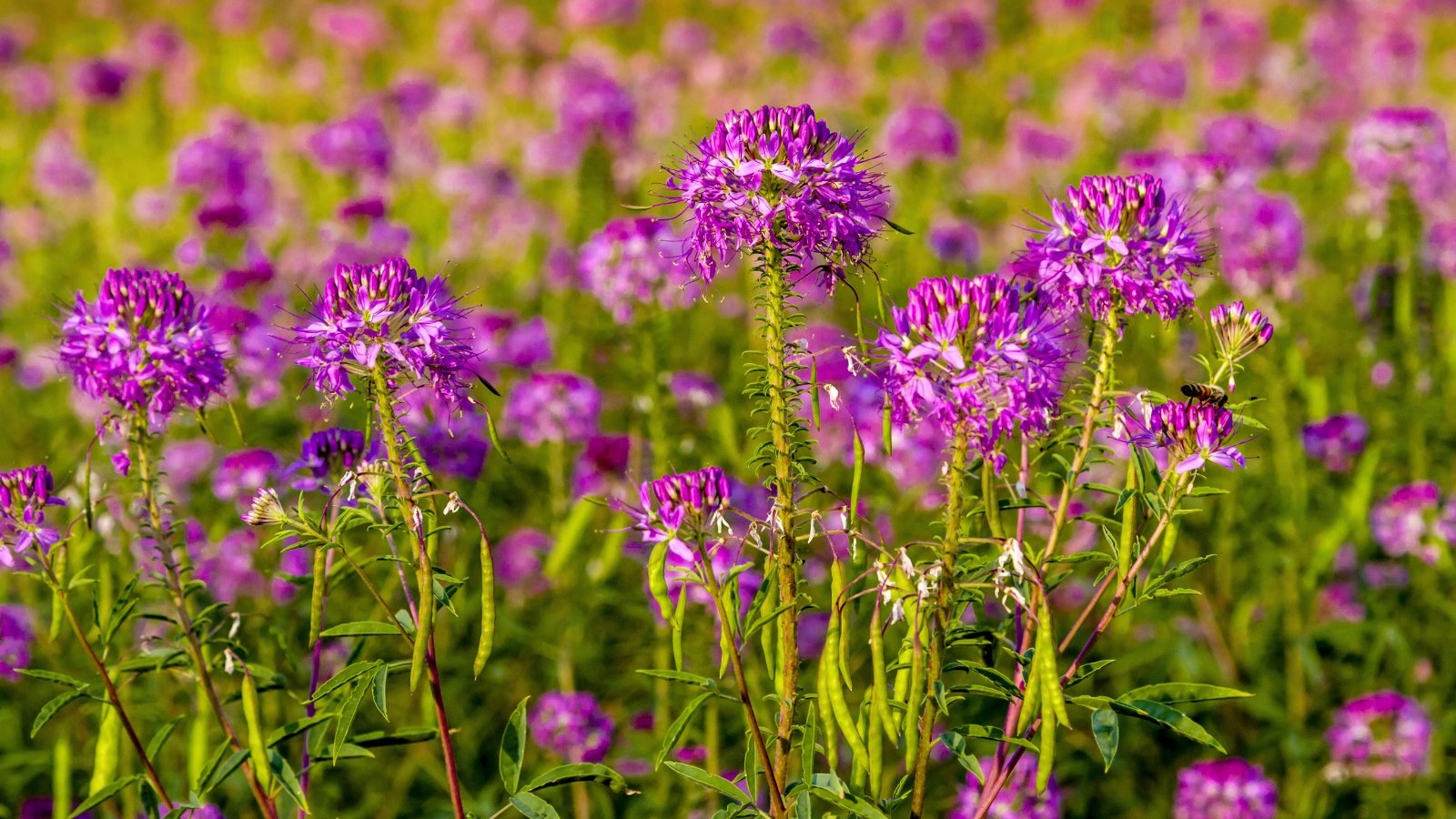 Scatter and let spring warmth bring flowers.
Scatter and let spring warmth bring flowers.Mimic the natural rhythm of the Rocky Mountain bee plant by sowing these native seeds in October. Native to the western U.S. and Great Plains, these plants live up to their name as excellent pollinator support. They produce tall, airy clusters of pink blooms in early summer that bees and butterflies adore.
Scatter the seeds on top of the soil to sow them. Water once to settle the seeds, and then leave them alone for the winter. As the weather warms in spring, they will sprout, and by late spring, they will be tall, beautiful, and floriferous.
California Poppy
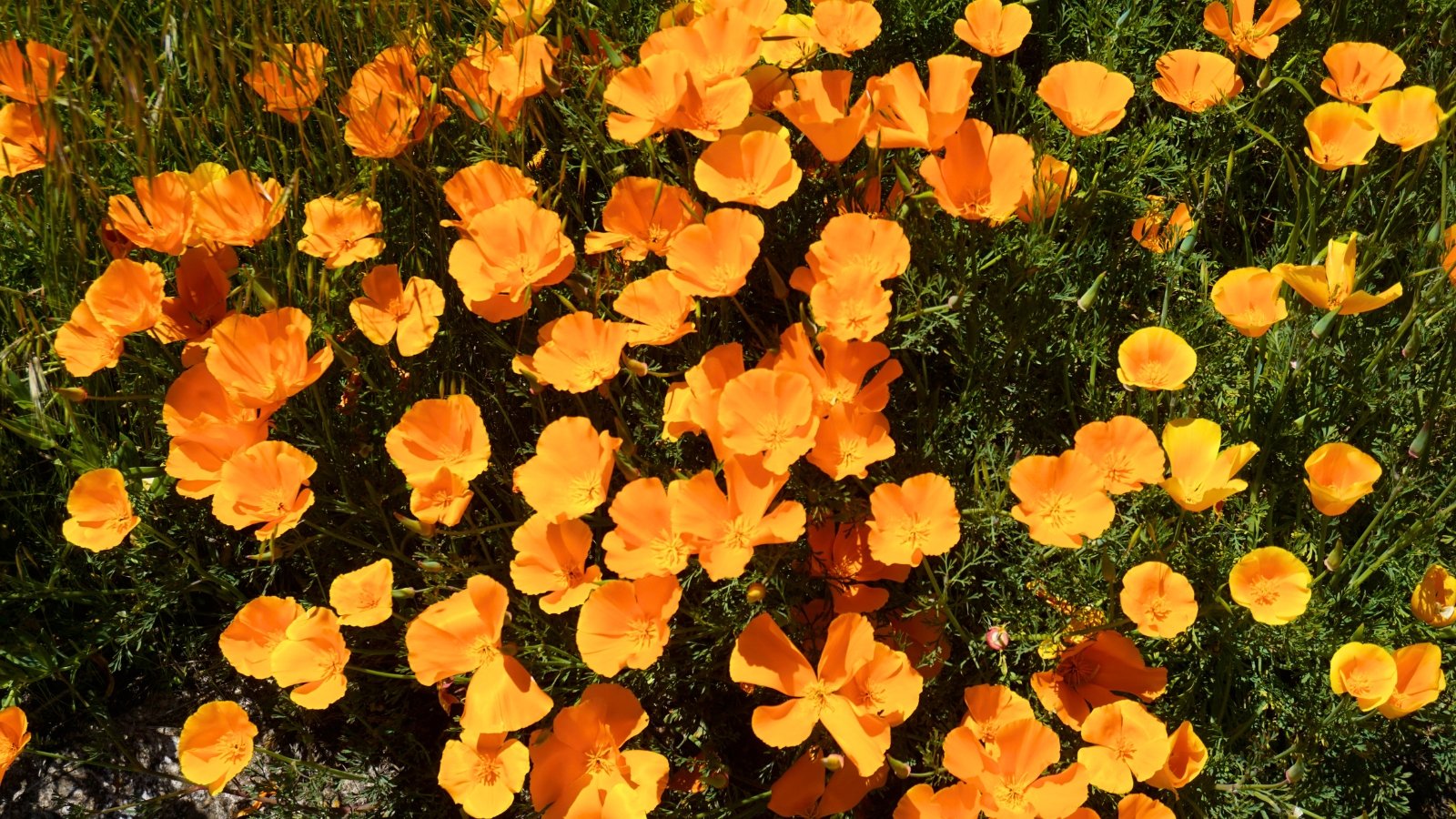 Thrives in poor soil and bright, full sun.
Thrives in poor soil and bright, full sun.You can establish amazing, showy, and low-maintenance California poppies by sowing seeds in October. These dazzling and drought-tolerant wildflowers are almost too easy if you plant them in their native range. They prefer lots of sunlight and poor, sandy soil.
While they don’t technically require cold stratification, they will benefit from October sowing. The cool, moist weather is perfect for germinating these seeds at a higher rate. Don’t plant them deeply; they need light to germinate.
Lupine
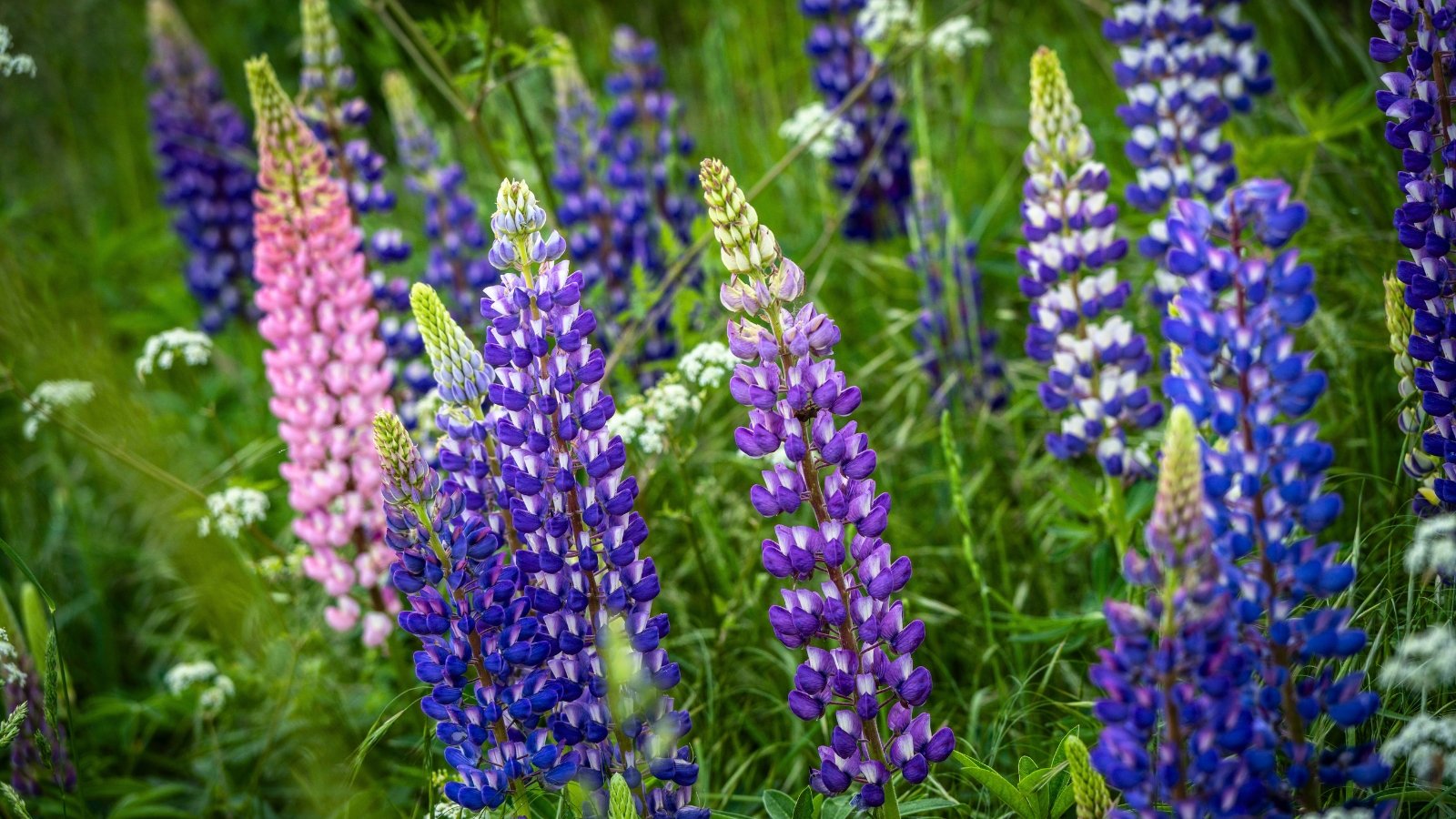 Cool, moist soil helps soften hard outer shells.
Cool, moist soil helps soften hard outer shells.Lupines are native to the East and West Coasts of the United States, as well as other areas of the world. They bloom in late spring and early summer, and drop their seeds in the fall. As such, October is an ideal time to sow these native flower seeds in your garden.
They do benefit from cold stratification, and cool, moist conditions soften their rather hard outer seed coat. In this way, fall planting significantly improves germination. Scarifying the seed coat increases germination rates, too. These don’t need light to germinate, so you can cover them with soil to keep them in place until spring.


 22 hours ago
18
22 hours ago
18
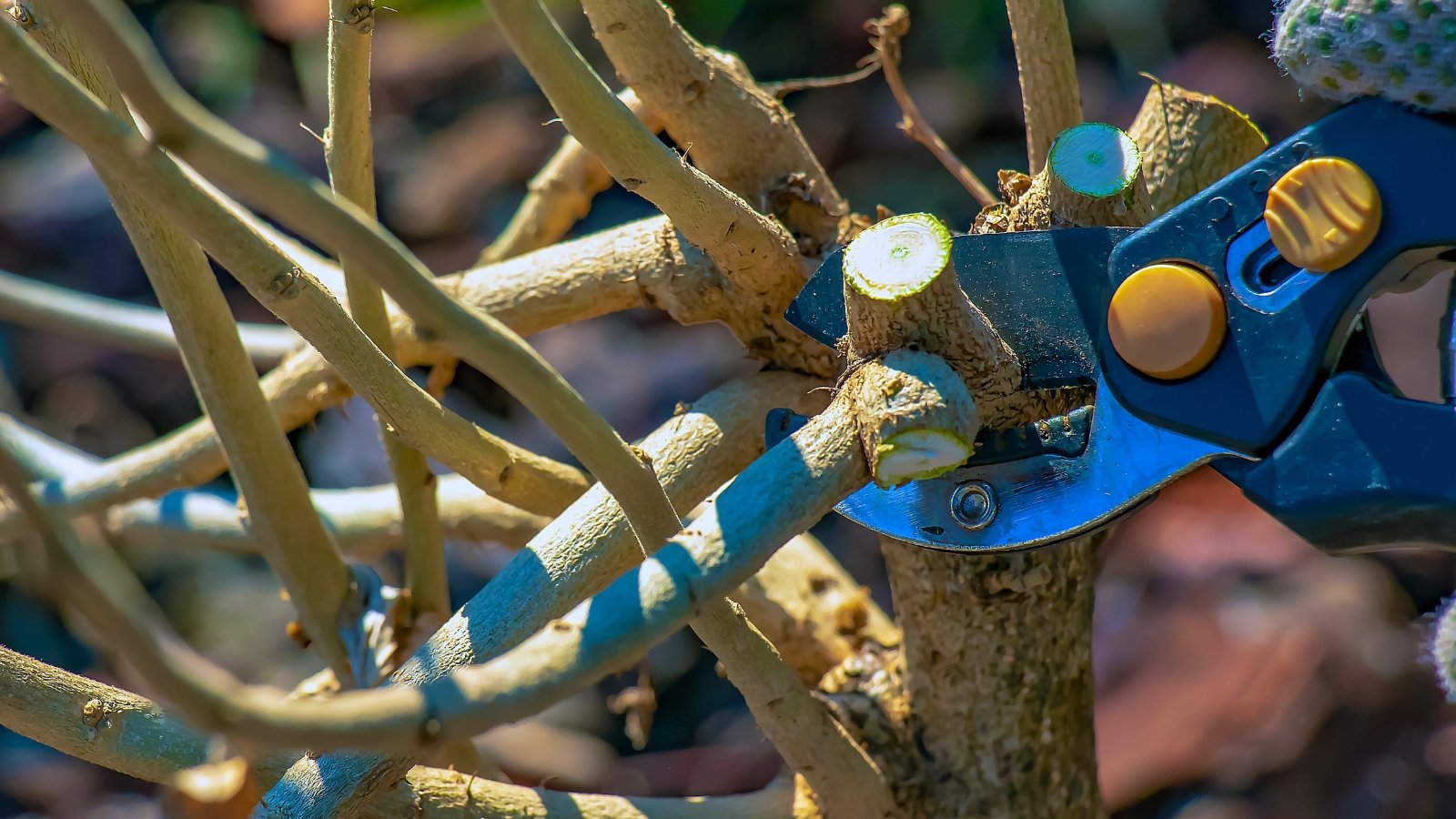
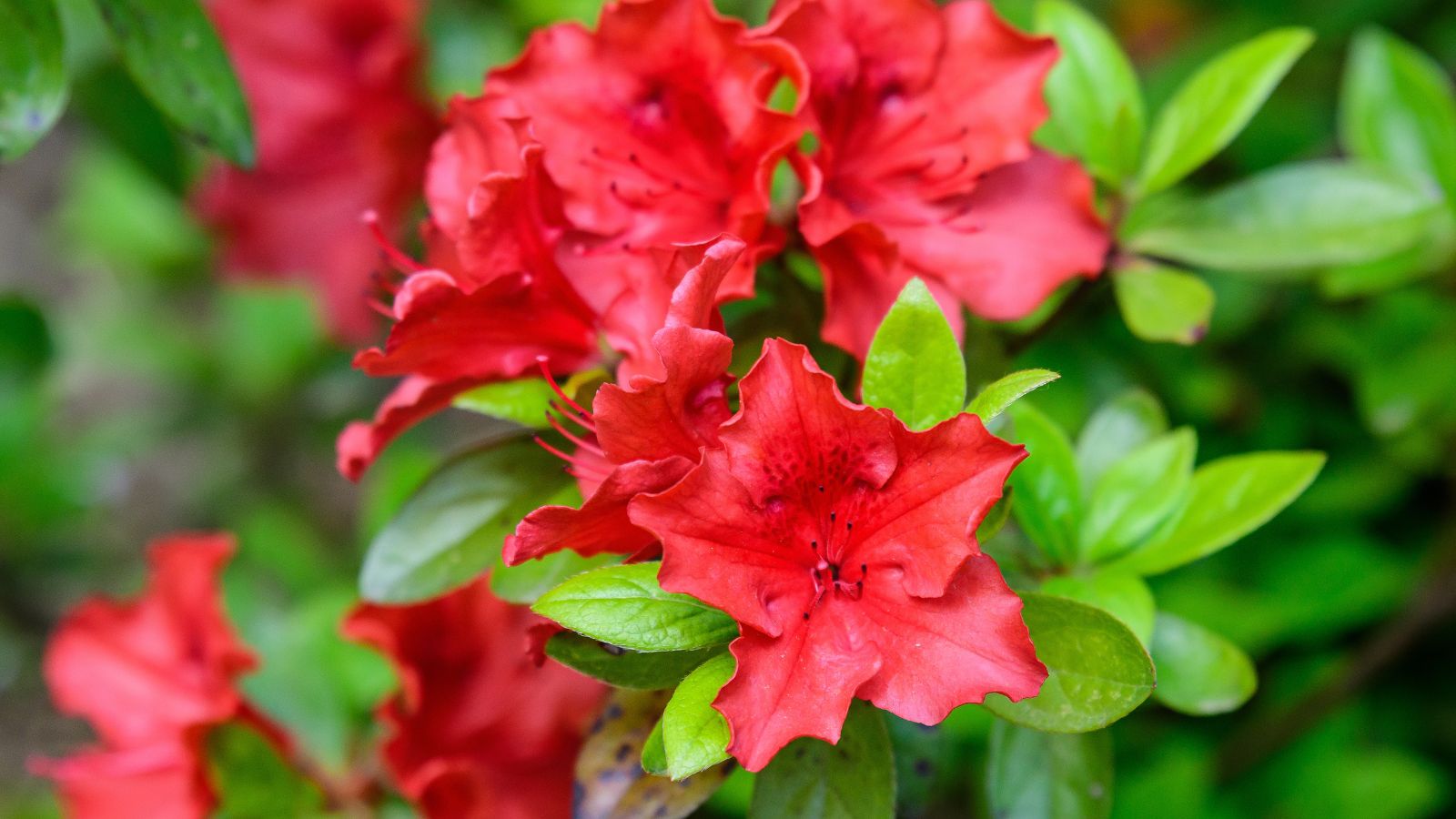



















 English (US) ·
English (US) ·  French (CA) ·
French (CA) ·